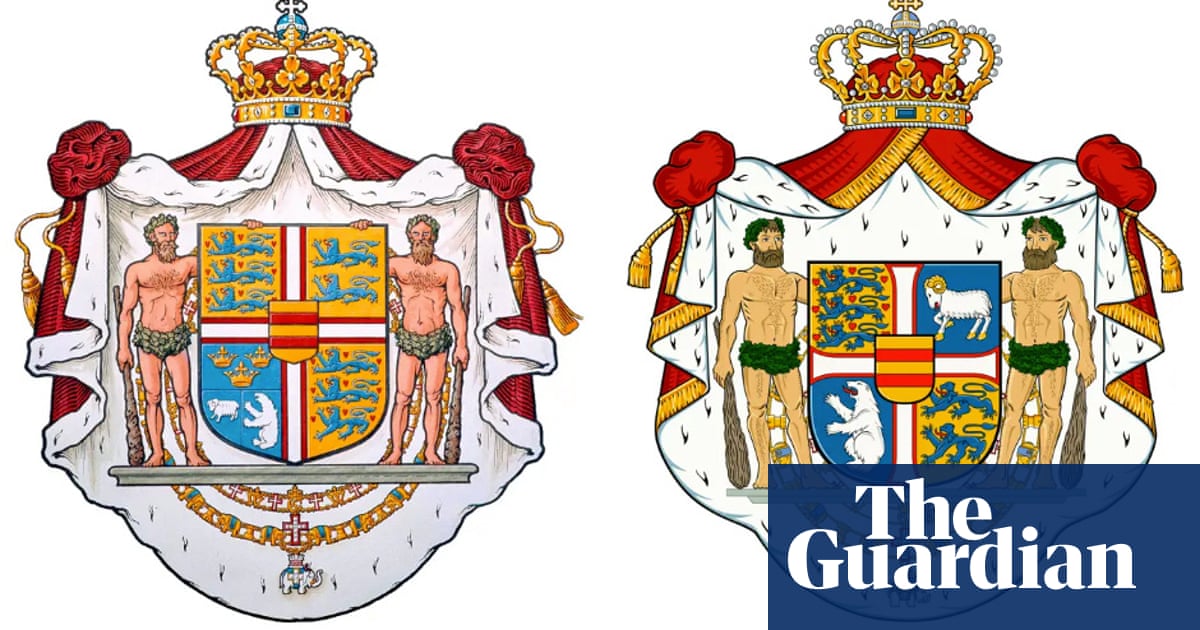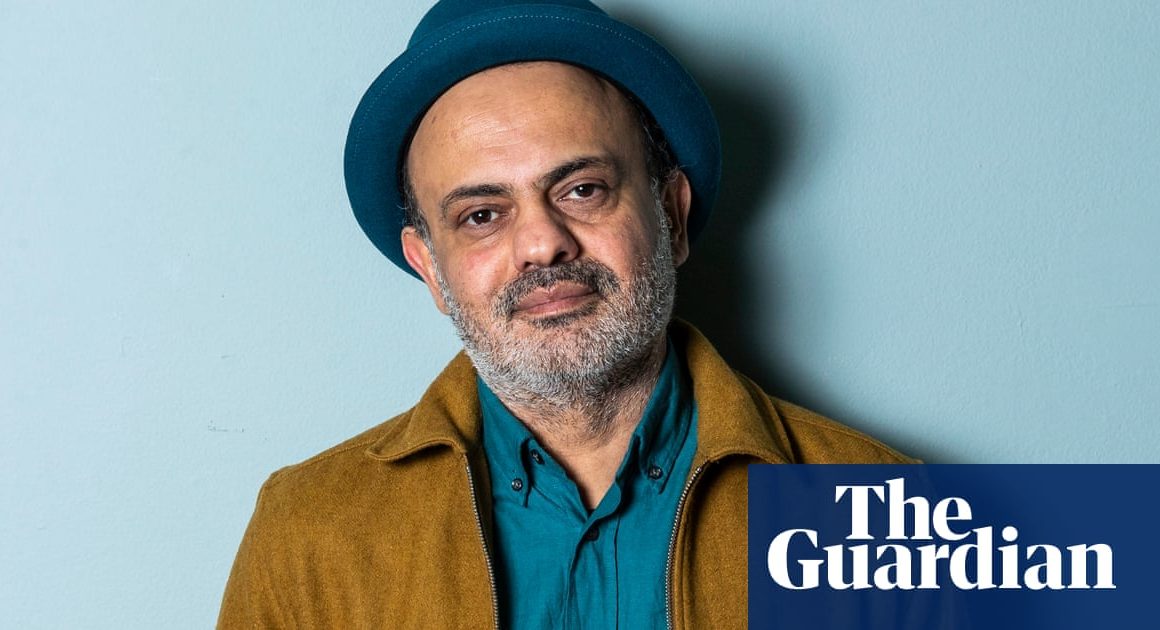The Danish king has shocked some historians by changing the royal coat of arms to more prominently feature Greenland and the Faroe Islands – in what has also been seen as a rebuke to Donald Trump.
Less than a year since succeeding his mother, Queen Margrethe, after she stood down on New Year’s Eve 2023, King Frederik has made a clear statement of intent to keep the autonomous Danish territory and former colony within the kingdom of Denmark.
For 500 years, previous Danish royal coats of arms have featured three crowns, the symbol of the Kalmar Union between Denmark, Norway and Sweden, which was led from Denmark between 1397 and 1523. They are also an important symbol of its neighbour Sweden.
But in the updated version, the crowns have been removed and replaced with a more prominent polar bear and ram than previously, to symbolise Greenland and the Faroe Islands respectively.
The move comes at a time of increased tension over Greenland and its relations with Denmark, which continues to control its foreign and security policy.
Incoming US president Trump last month said again that he wants the US to buy Greenland, and the Greenlandic prime minister, Múte Egede, recently accused Denmark of genocide in response to investigations of the forced contraceptive scandal of the 1960s and 70s. In Egede’s own new year’s address he accelerated calls for Greenlandic independence and called for the “shackles of the colonial era” to be removed.
The royal household said that the coat of arms, which is used on official documents and seals and elements of which date back to the 12th century, “strengthens the prominence of the commonwealth”. The three crowns, it said, had been removed “as it is no longer relevant”.
The changes, it said, were made after a recommendation from a committee that was appointed straight after his accession on 14 January 2024.
Last week, in his first new year speech, the king said: “We are all united and each of us committed for the Kingdom of Denmark. From the Danish minority in South Schleswig – which is even situated outside the kingdom – and all the way to Greenland. We belong together.”
after newsletter promotion
Since 1819, the royal arms have been changed three times before now, in 1903, 1948 and 1972. But the latest changes have been met by shock in some quarters.
Ever since the peace treaty of Knäred in 1613, which ended the Kalmar war, Sweden was “forced to accept the Danish king’s rights to use the Swedish symbol of the three crowns, said Dick Harrison, a history professor at the Swedish University of Lund, making its removal from the Danish coat of arms now “a sensation”.
“The symbol survived the huge defeats in the wars against Sweden in the 1640s and the 1650s, the loss of Norway in 1814, the loss of Schleswig to Germany in 1864, the transition to modernity, the loss of Iceland and the German occupation in world war II,” he said. “Thus, from the point of view of history, the fact that King Frederik X has decided to remove the symbol is a sensation.”
But Sebastian Olden-Jørgensen, a historian at the Saxo Institute at the University of Copenhagen, said it sends clear signals about current geopolitics, especially amid Greenlandic calls for independence.
“When the Greenlanders, and in a sense also the Faroese, toy with the idea of achieving full independence, the royal house shows they support the state’s policy, which is to preserve the unity of the realm,” he told Berlingske.
Royal expert Lars Hovbakke Sørensen believes the changes reflect the king’s personal interest in the Arctic, but also send a message to the world.
“It is important to signal from the Danish side that Greenland and the Faroe Islands are part of the Danish realm, and that this is not up for discussion. This is how you mark it,” he told TV2.












